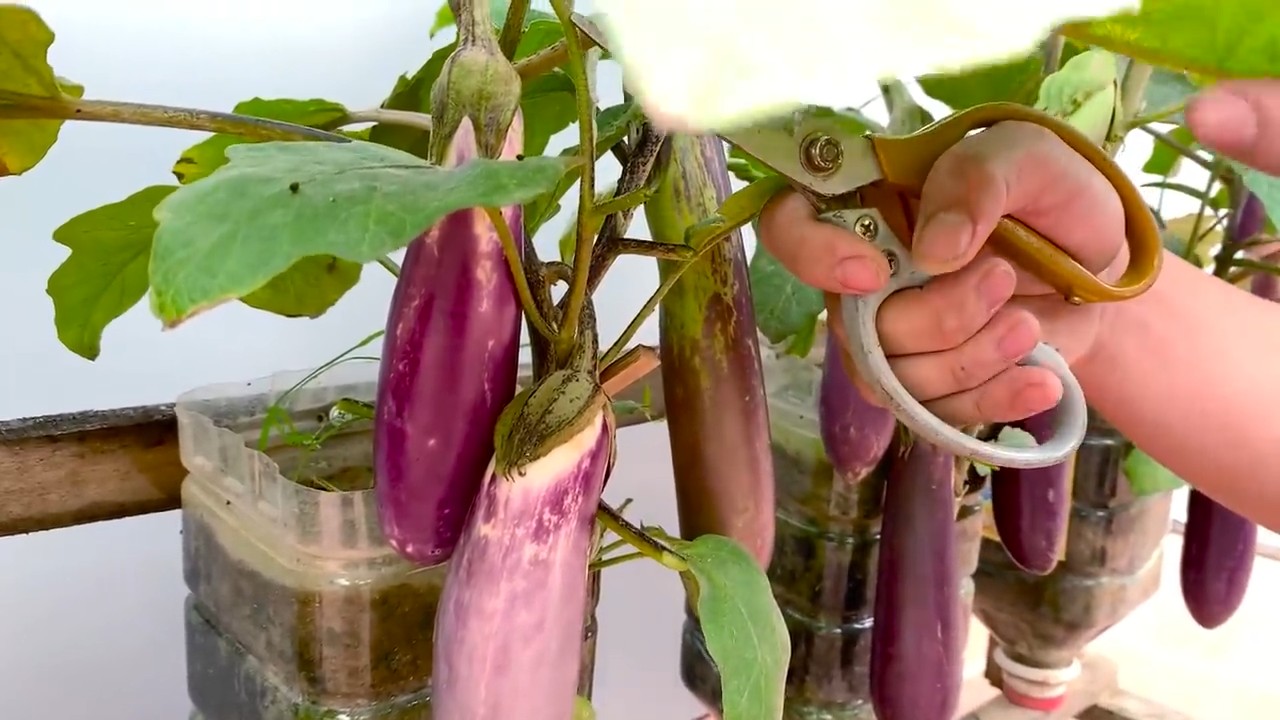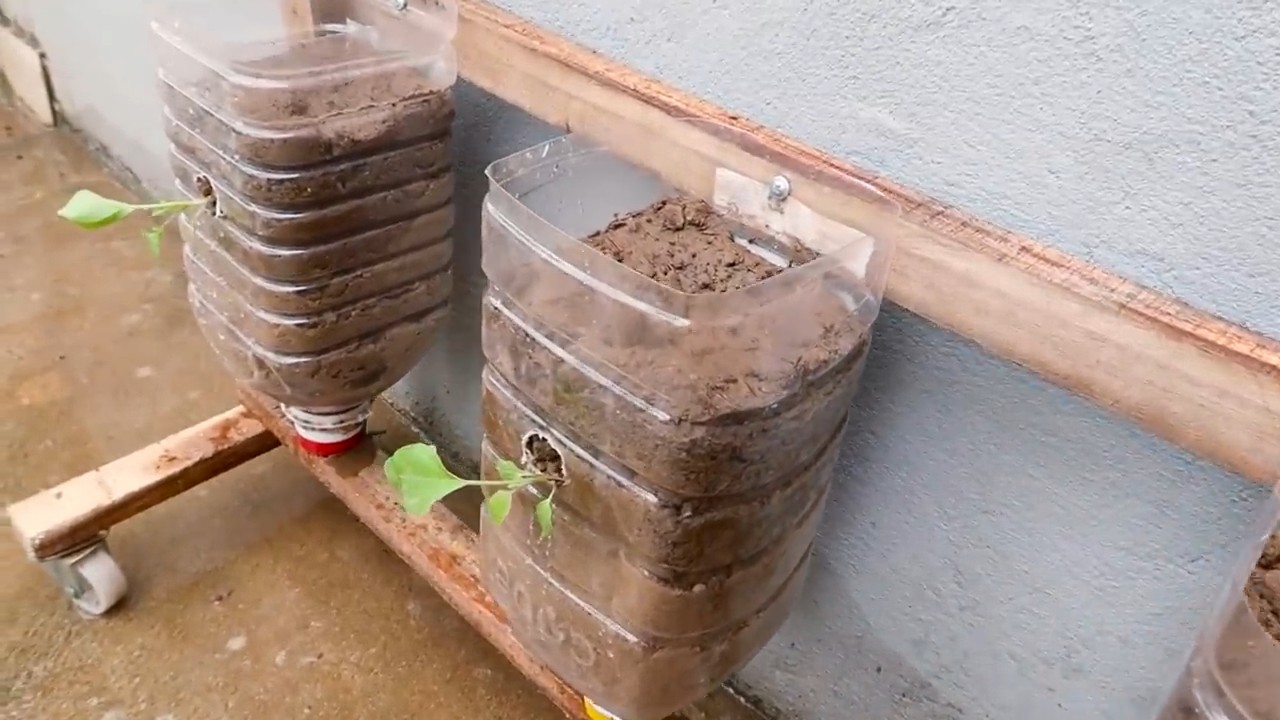Eggplant Cooking Time Saving Trick: Are you tired of spending ages preparing eggplant, only to end up with a bitter, spongy mess? I know I was! For centuries, eggplant has been a staple in cuisines around the world, from the Mediterranean’s moussaka to Asia’s flavorful stir-fries. But let’s be honest, this versatile vegetable can be a bit of a pain to cook. The traditional salting and draining method, meant to draw out bitterness, can take a significant chunk of time – time that most of us simply don’t have these days.
That’s why I’m so excited to share this game-changing eggplant cooking time saving trick with you! Imagine being able to enjoy delicious, perfectly cooked eggplant dishes without the hours of prep work. This simple DIY hack will revolutionize your eggplant game, allowing you to whip up flavorful meals in a fraction of the time. Say goodbye to bitter eggplant and hello to quick, easy, and delicious dinners! This trick is a must-have for any home cook looking to streamline their cooking process and enjoy the full potential of this amazing vegetable. Let’s get started!

The Ultimate Eggplant Hack: Say Goodbye to Bitterness and Hello to Flavor!
Okay, eggplant lovers, let’s be real. Eggplant can be a bit of a diva. It can be bitter, it can be spongy, and sometimes, it just doesn’t want to cooperate. But fear not! I’m here to share a simple, yet incredibly effective, trick that will transform your eggplant dishes from “meh” to “magnificent.” This method not only removes bitterness but also preps the eggplant for optimal cooking, saving you time and frustration in the kitchen.
Why This Hack Works (and Why You Need It!)
Before we dive into the how-to, let’s quickly understand why this salting method is so crucial. Eggplant contains compounds called glycoalkaloids, which are responsible for that sometimes unpleasant bitter taste. Salting draws out these compounds, along with excess moisture, resulting in a sweeter, more tender eggplant. Plus, removing excess water prevents the eggplant from soaking up too much oil during cooking, leading to a lighter, healthier dish. Trust me, it’s a game-changer!
What You’ll Need
* An eggplant (or several, depending on your recipe)
* Kosher salt (coarse salt works best)
* A large cutting board
* A colander or wire rack
* Paper towels or a clean kitchen towel
* A heavy object (like a plate with cans on top, or a cast iron skillet)
Step-by-Step Guide to Perfect Eggplant
Here’s the breakdown of how to properly salt and prep your eggplant for cooking. Follow these steps, and you’ll be amazed at the difference it makes!
1. Preparing the Eggplant
1. Wash and Trim: Start by thoroughly washing your eggplant under cool running water. Pat it dry with a clean towel. Then, trim off the stem end and the blossom end (the little green cap and the opposite end). These parts are usually a bit tough and not very flavorful.
2. Slice or Dice: Now, decide how you want to use your eggplant in your recipe. You can slice it into rounds, dice it into cubes, cut it into planks, or even halve it lengthwise. The thickness of your slices or cubes will affect the salting time, so keep that in mind. For slices, aim for about ¼ to ½ inch thick. For cubes, about ¾ to 1 inch is ideal.
3. Consider the Skin: Whether or not you peel the eggplant is entirely up to you and your recipe. Some people prefer the texture of the skin, while others find it a bit tough. If you’re making eggplant parmesan or a similar dish where the skin might be noticeable, you might want to peel it. For other dishes, like ratatouille or eggplant curry, leaving the skin on is perfectly fine. If you choose to peel, use a vegetable peeler to remove the skin before slicing or dicing.
2. Salting the Eggplant
1. Layer and Salt: Place your sliced or diced eggplant in a colander or on a wire rack set over a bowl or sink. This allows the excess moisture to drain away. Sprinkle the eggplant generously with kosher salt. Make sure each piece is coated well. Don’t be shy with the salt! This is what draws out the bitterness and moisture.
2. Weigh It Down: Now, you need to apply some pressure to help the salting process along. Place a plate on top of the eggplant, and then weigh it down with something heavy. I often use a couple of cans of beans or a cast iron skillet. The weight will help to press out the moisture.
3. Let It Rest: This is the most crucial step: patience! Let the eggplant sit for at least 30 minutes, and up to an hour. The longer it sits, the more bitterness and moisture will be removed. You’ll notice droplets of water forming on the surface of the eggplant – that’s the bitterness being drawn out!
3. Rinsing and Drying
1. Rinse Thoroughly: After the salting period, rinse the eggplant thoroughly under cool running water to remove the excess salt. Make sure you get all the salt off, or your dish will be too salty.
2. Squeeze Out Excess Water: This is where the paper towels or kitchen towel come in. Gently squeeze out any remaining water from the eggplant. You can do this by pressing the eggplant between layers of paper towels or by wrapping it in a clean kitchen towel and squeezing gently. Don’t be too rough, or you’ll crush the eggplant.
3. Pat Dry: Finally, pat the eggplant dry with fresh paper towels. You want it to be as dry as possible before cooking. This will help it brown nicely and prevent it from becoming soggy.
4. Cooking the Eggplant
1. Choose Your Cooking Method: Now that your eggplant is prepped and ready, you can cook it however you like! Roasting, grilling, frying, sautéing – the possibilities are endless. Because you’ve already removed the excess moisture, the eggplant will cook more evenly and absorb less oil.
2. Adjust Seasoning: Remember that you’ve already salted the eggplant, so you may need to adjust the amount of salt you add to your recipe. Taste as you go and season accordingly.
Troubleshooting and Tips
* Too Salty? If you accidentally leave the eggplant salting for too long and it becomes too salty, you can soak it in fresh water for 15-20 minutes before rinsing and drying.
* Not Enough Time? If you’re short on time, even a 15-minute salting will make a difference.
* Type of Salt: Kosher salt is preferred because it’s coarse and draws out moisture effectively. Table salt can be used in a pinch, but it might make the eggplant too salty.
* Storing Prepped Eggplant: If you’re not cooking the eggplant right away, you can store it in an airtight container in the refrigerator for up to 24 hours.
* Experiment with Flavors: Once you’ve mastered the basic salting technique, you can experiment with adding other flavors during the salting process. Try sprinkling the eggplant with garlic powder, herbs, or spices for an extra layer of flavor.
Different Eggplant Varieties and Salting
While the salting method works well for most eggplant varieties, there are a few nuances to consider:
* Globe Eggplant: This is the most common type of eggplant, and the salting method works perfectly for it.
* Japanese Eggplant: These are long and slender, with a thinner skin. They tend to be less bitter than globe eggplants, so you might be able to get away with a shorter salting time (around 20-30 minutes).
* Italian Eggplant: Similar to globe eggplants, but often smaller and more elongated. The salting method works well.
* White Eggplant: These are generally less bitter than purple eggplants, so you might be able to reduce the salting time slightly.
Beyond Bitterness: Other Benefits of Salting
While removing bitterness is the primary reason for salting eggplant, there are other benefits as well:
* Improved Texture: Salting helps to break down the eggplant’s cell structure, resulting in a more tender and less spongy texture.
* Enhanced Flavor: By removing excess moisture, salting concentrates the eggplant’s natural flavors.
* Better Browning: Dry eggplant browns more easily and evenly when cooked.
* Reduced Oil Absorption: As mentioned earlier, salting prevents the eggplant from soaking up too much oil during cooking, making your dishes healthier.
My Favorite Eggplant Recipes Using This Hack
Now that you know how to prep your eggplant like a pro, here are a few of my favorite recipes that benefit from this salting technique:
* Eggplant Parmesan: This classic Italian dish is a must-try. Salting the eggplant ensures that it’s tender, not bitter, and doesn’t get soggy.
* Baba Ghanoush: This smoky eggplant dip is incredibly flavorful. Salting the eggplant before roasting helps to concentrate its flavors and create a smoother texture.
* Eggplant Curry: Eggplant adds a wonderful depth of flavor to curries. Salting it beforehand prevents it from becoming mushy and ensures that it absorbs the curry flavors beautifully.
* Grilled Eggplant: Simple yet delicious! Salting the eggplant before grilling helps it to develop those beautiful grill marks and prevents it from sticking to the grill.
* Ratatouille: This classic French vegetable stew is a celebration of summer produce. Salting the eggplant ensures that it doesn’t overpower the other vegetables with its bitterness.
So there you have it! The ultimate eggplant hack that will transform your cooking. Give it a try, and I promise you’ll never look at eggplant the same way again. Happy cooking!

Conclusion
So, there you have it! This simple, yet incredibly effective eggplant cooking time saving trick is a game-changer for anyone who loves eggplant but dreads the lengthy preparation process. We’ve all been there, staring down a beautiful, glossy eggplant, knowing that deliciousness awaits, but also knowing that a significant chunk of time needs to be dedicated to drawing out its bitterness. This method eliminates that hurdle, allowing you to enjoy eggplant more frequently and with far less effort.
Why is this a must-try? Because it’s not just about saving time; it’s about unlocking the full potential of eggplant. By significantly reducing the bitterness, you’re allowing the natural sweetness and subtle flavors of the eggplant to shine through. This translates to a more enjoyable and versatile ingredient that can be used in a wider range of dishes. Think of it: perfectly tender eggplant parmesan, smoky baba ghanoush with a delicate sweetness, or even just simply grilled eggplant slices with a drizzle of olive oil and a sprinkle of herbs. The possibilities are endless!
But don’t just take our word for it. We encourage you to experiment and find what works best for you. For example, if you’re short on time, you can try microwaving the eggplant slices for a few minutes after salting them. This will help to speed up the process even further. Alternatively, if you prefer a slightly firmer texture, you can reduce the salting time. You can also experiment with different types of salt. Coarse sea salt works particularly well, as it draws out moisture more effectively.
Another variation to consider is adding a touch of acidity to the salting process. A squeeze of lemon juice or a splash of vinegar can help to further break down the bitter compounds in the eggplant. Just be sure to rinse the eggplant thoroughly before cooking to remove any excess acidity.
This eggplant cooking time saving trick is more than just a shortcut; it’s a key to unlocking a world of culinary possibilities. It’s about making eggplant more accessible, more enjoyable, and ultimately, more delicious. We’re confident that once you try this method, you’ll never go back to the old way of preparing eggplant again.
We’re eager to hear about your experiences with this trick! Did it work for you? Did you try any variations? What are your favorite ways to use eggplant after using this method? Share your thoughts, tips, and recipes in the comments below. Let’s create a community of eggplant enthusiasts who are all about saving time and maximizing flavor! So go ahead, grab an eggplant, give this trick a try, and let us know what you think. Happy cooking!
Frequently Asked Questions (FAQ)
Why is it necessary to salt eggplant before cooking?
Salting eggplant serves two primary purposes. First, it helps to draw out excess moisture, which can contribute to a soggy texture when cooked. Second, and perhaps more importantly, it helps to reduce the bitterness that is naturally present in eggplant. Eggplant contains compounds called glycoalkaloids, which are responsible for its bitter taste. Salting helps to break down these compounds, resulting in a milder and more palatable flavor. This eggplant cooking time saving trick focuses on optimizing this process.
How long should I salt the eggplant?
The ideal salting time depends on the size and type of eggplant, as well as your personal preference. Generally, 30 minutes to an hour is sufficient for most eggplants. If you’re using a particularly large or bitter eggplant, you may want to salt it for a longer period, up to two hours. Conversely, if you prefer a slightly more pronounced eggplant flavor, you can reduce the salting time to as little as 15 minutes. The key is to experiment and find what works best for you.
What kind of salt should I use?
Any type of salt can be used for salting eggplant, but coarse salt, such as kosher salt or sea salt, is generally recommended. This is because coarse salt has larger crystals, which are more effective at drawing out moisture. Table salt can also be used, but you may need to use a slightly larger amount. Avoid using iodized salt, as it can sometimes impart a metallic taste to the eggplant.
Do I need to rinse the eggplant after salting?
Yes, it’s essential to rinse the eggplant thoroughly after salting to remove any excess salt. If you don’t rinse it properly, the eggplant will be too salty and may ruin your dish. After rinsing, gently squeeze the eggplant slices to remove any remaining water. Pat them dry with paper towels before cooking.
Can I skip the salting process altogether?
While it’s possible to skip the salting process, the resulting eggplant may be more bitter and have a less desirable texture. Modern varieties of eggplant are often less bitter than older varieties, so you may be able to get away with skipping the salting step if you’re using a particularly mild eggplant. However, for best results, we recommend salting the eggplant, especially if you’re sensitive to bitter flavors. This eggplant cooking time saving trick is designed to make the salting process more efficient and less time-consuming.
What if I don’t have time to salt the eggplant?
If you’re truly short on time, you can try microwaving the eggplant slices for a few minutes after salting them. This will help to speed up the process of drawing out moisture and bitterness. Alternatively, you can try using a quick-cooking method, such as grilling or stir-frying, which can help to minimize the bitterness. However, keep in mind that skipping or shortening the salting process may result in a less flavorful and more bitter eggplant.
How do I know if the eggplant is properly salted?
The best way to tell if the eggplant is properly salted is to taste it. After rinsing and drying the eggplant slices, take a small bite. If it still tastes bitter, you may need to salt it for a longer period. Properly salted eggplant should have a mild, slightly sweet flavor.
Can I use this trick for other vegetables?
While this trick is primarily designed for eggplant, it can also be used for other vegetables that tend to be bitter, such as zucchini and cucumbers. However, the salting time may need to be adjusted depending on the vegetable. Experiment and see what works best for you.
What are some good ways to use eggplant after salting it?
The possibilities are endless! Salting eggplant makes it incredibly versatile. You can grill it, bake it, fry it, stir-fry it, or use it in stews, curries, and casseroles. It’s also a key ingredient in classic dishes like eggplant parmesan, baba ghanoush, and ratatouille. The reduced bitterness allows the eggplant’s natural sweetness and subtle flavors to shine through, making it a delicious addition to any meal.
Does this trick work for all types of eggplant?
Yes, this trick works for all types of eggplant, including globe eggplant, Japanese eggplant, and Italian eggplant. However, the salting time may need to be adjusted depending on the type of eggplant. For example, Japanese eggplant tends to be less bitter than globe eggplant, so it may require a shorter salting time.




Leave a Comment